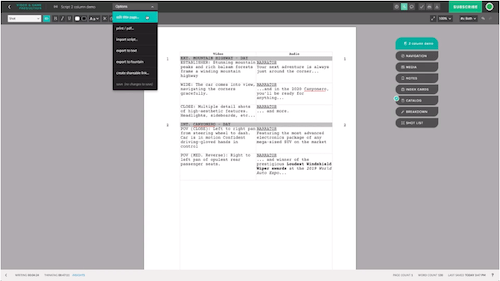Warning: Spoilers for Knives Out, The Last Jedi, and a small spoiler for Game of Thrones
- In Knives Out, the plot twist improves the story
- Director, Ryan Johnson’s last film was The Last Jedi, which was overwhelmingly criticized for the fact that it subverted people’s expectations
- Director fails to use a device in one story (The Last Jedi) and learns and succeeds in another (Knives Out)
- Ryan Johnson made an intentional effort to be divisive in The Last Jedi
- Divisiveness itself is not bad
- Taboo topics are divisive, but nothing is inherently wrong with them
- Johnson wasn’t divisive because he raised valid and interesting questions that some don’t want to be raised, but simply because he compromised fundamental elements of his story for a quick, short, cash in on shock
- Achieved polarity by intentionally incorrectly using storytelling devices and decreasing the quality of his work (“subverting expectations”)
- Johnson learned a valuable lesson with these two films, that subversion done right doesn’t reduce the quality of your story, it enhances it
- (3:29) 3 core rules that decide whether your subversion, shock, or twist will be an asset to your story or a detriment to it
- (4:00) Rule 1: It must enhance your story going forward
- How does it enhance your story?
- The main subversion in Knives Out is that it flips genre’s halfway through
- Entire advertising campaign for the movie, and the whole first act, a murder mystery “who-done-it”, trying to find the killer
- At the end of the first back, we see exactly who did it and it seemingly answers all the questions
- No longer “who-done-it”, but “how is she going to get away with it?”
- Johnson weaponized the tropes of the murder mystery genre
- The audience believes Marta poisons Harlan Thrombey by accident, so far she has been a kind and likable person, we are rooting for her to succeed
- In every murder mystery, the detective finds the killer, it’s a trope that every murder mystery has
- In the end, the detective gathers everyone around, goes through all the clues, points at the person who did it, and they get caught
- Johnson weaponized this trope, because of it, we genuinely believe Marta is going to be caught at the end and she will go to jail
- Makes every interaction more interesting because we are rooting for her while simultaneously believing she will be caught at the end
- Knives Out exploits and weaponized its own tropes
- The main subversion in Knives Out is that it flips genre’s halfway through
- How does it enhance your story?
- (8:44) Rule 2: It must have a strong verisimilitude with the story told before
- Verisimilitude means that a thing makes perfect logical sense in light of all the other logic that surrounds it
- Can be foreshadowing but not just that
- The infamous scene where Rey gives Luke his old lightsaber and then he throws it over the cliff
- Goes against what Luke would actually do as a character
- That lightsaber is a sentimental object, created by his mentor, used by his mentor, used by him, the only family heirloom that he has
- Bad verisimilitude, not bad foreshadowing
- Goes against what Luke would actually do as a character
- Knives Out shows less foreshadowing and more good verisimilitude
- Makes a good, easy to swallow twist
- Good example Ned Stark’s death in Game of Thrones
- You expect his life to be spared
- Almost no foreshadowing, but is a good shocking surprise that fits
- (12:03) Foreshadowing
- Some of the best clues ones that you don’t notice until the twist has happened
- You can still have a great twist that people see coming, but it’s hard
- It needs to fall in a sweet spot between being logical and too predictable
- In Knives Out, Ransom is revealed to be the real killer behind it all, he swapped Harlan’s medication to make Marta accidentally give him a lethal morphine dose
- This is a good example of the sweet spot, near impossible to figure out beforehand but almost obvious in hindsight
- Order in which clues are delivered
- Not often talked about in the context of plot twists
- Has a massive effect on how easy to guess the twist is, but little to no effect on how cathartic the twist is
- In Knives out, the very first clue we get that Ransom is the murderer is in the very beginning, when everyone in the family is interviewed by the detective and we are told that at 3am in the morning, once everyone is in bed, the dog starts barking
- We absorb this information but don’t know what to do with it
- We are then given clues throughout that slowly fill in more pieces of the picture
- Such as, the dogs are friendly towards everyone except Ransom, they are friendly towards Marta during the night, the detective, etc.
- The only time we see them aggressive towards someone is when Ransom first arrives and they bark at him and harass him
- The detective even says, “A good judge of character is a dog”
- If these clues were given in the opposite order, the twist would be more obvious
- Cathartic not only because we discover it is Ransom, but because we realize it only ever could have been him
- The infamous scene where Rey gives Luke his old lightsaber and then he throws it over the cliff
- Can be foreshadowing but not just that
- Verisimilitude means that a thing makes perfect logical sense in light of all the other logic that surrounds it
- (15:12) Rule 3: It can’t break any promises
- People’s main issue with The Last Jedi
- We were promised certain things, like Rey’s parents
- In The Force Awakens, we find her parentage is a mystery, but we are promised an interesting answer, and hyped up for this plotline, for this interesting mystery, people were speculating, they were interested
- Then, Kylo Ren delivers the news (in The Last Jedi) that her parents were nobodies
- It takes a mystery that was hyped and gives an answer that is mundane, that makes it not matter
- It achieved nothing except disappointment
- We were promised certain things, like Rey’s parents
- In Knives Out, Johnson learned from his mistakes, he keeps his promises
- He lets you think he has broken his promises, but then it turns out to be a really fun, interesting climax
- We have that murder mystery plot, and it fizzles out, goes away
- We then have a new plot, of Marta trying to get away with it
- In the end, we not only resolve the plot of Marta, but we also resolve the murder mystery plot, delivering on a promise we already thought was broken
- The plots recombine and every single promise made is delivered in the climax
- He lets you think he has broken his promises, but then it turns out to be a really fun, interesting climax
- People’s main issue with The Last Jedi
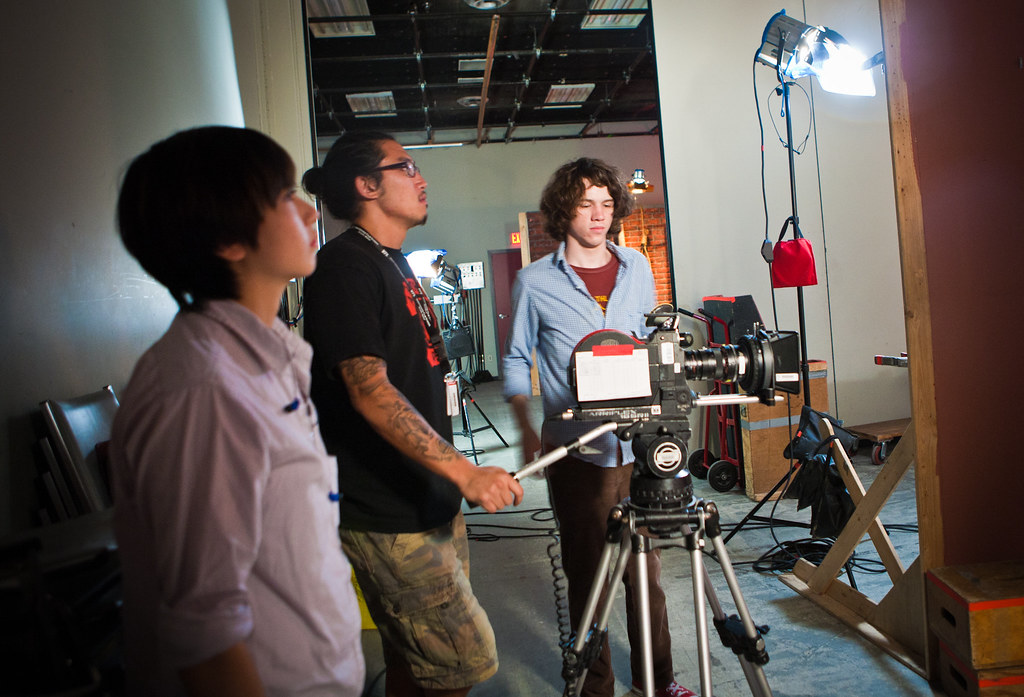


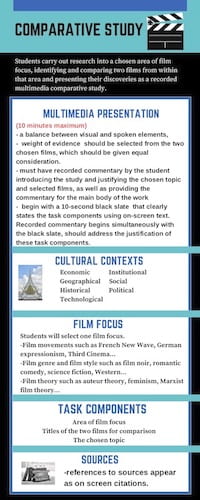

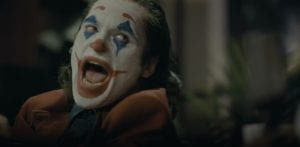 Near the end of the film, when Arthur kills Murray
Near the end of the film, when Arthur kills Murray
 John Doe in the back of the police car talking with the detectives, saying people need to be forced to see. “You can’t tap people on the shoulder anymore, you have to hit them with a sledgehammer, and then you’ll notice you have their strict attention.”
John Doe in the back of the police car talking with the detectives, saying people need to be forced to see. “You can’t tap people on the shoulder anymore, you have to hit them with a sledgehammer, and then you’ll notice you have their strict attention.”
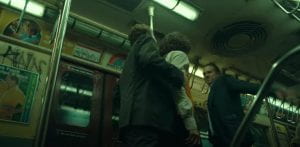 Arthur on the train before he kills the three men, them making fun of him for uncontrollably laughing
Arthur on the train before he kills the three men, them making fun of him for uncontrollably laughing
